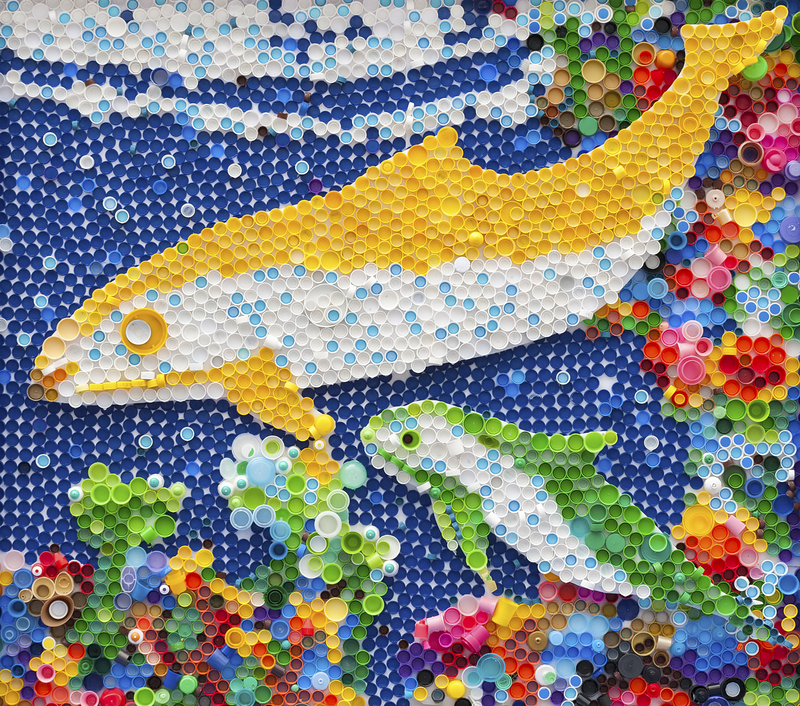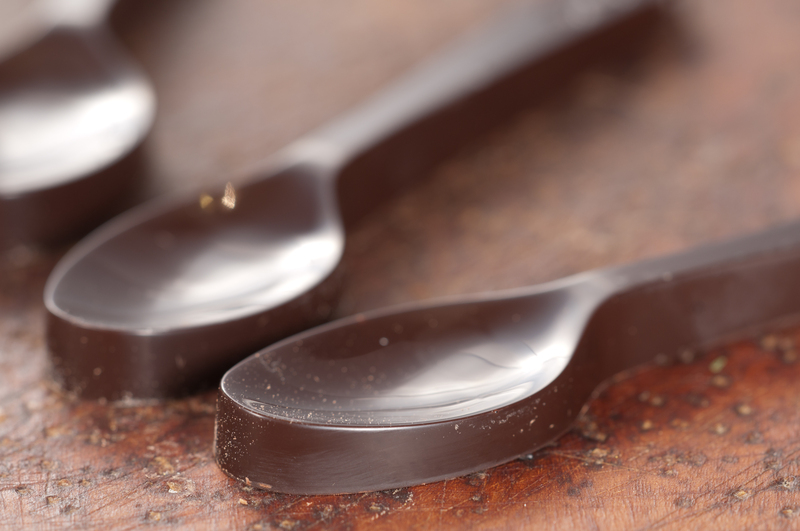Do's and Don'ts When Recycling Old Pots and Pans
Recycling old pots and pans isn't as straightforward as tossing them into your standard recycling bin. Many people are surprised to learn that the process requires some specialized know-how. Whether you're upgrading your cookware or just decluttering the kitchen, it's important to handle these items in an eco-friendly manner.
In this *comprehensive guide*, we'll explore the do's and don'ts of recycling old cookware, helping you make informed, environmentally-responsible choices. Read on for *expert tips*, answers to common questions, and actionable steps to ensure your old pots and pans get a new lease on life.
Why Properly Recycling Cookware Matters
Did you know that millions of old pots and pans end up in landfills each year? Many metals and coatings used in cookware can take hundreds of years to decompose, releasing harmful substances into the environment. By recycling your unwanted cookware properly, you:
- Reduce landfill waste
- Conserve natural resources by reclaiming valuable metals
- Prevent potentially hazardous substances from leaching into soil and water
By following best practices, you'll help the environment and might even support local charities or artists who can repurpose your old items.

The Ultimate Do's When Recycling Old Pots and Pans
The Top Things You Should Do With Old Cookware
- Do research your local recycling rules
- Do separate different materials (metal, plastic, glass, handles)
- Do check for recycling symbols or codes
- Do clean pots and pans thoroughly before recycling or donating
- Do consider donating usable items to charities or thrift stores
- Do look for scrap yards or metal recycling centers
- Do consider upcycling for creative home or garden uses
Let's dig into each of these essential steps for sustainable cookware disposal:
1. Research Local Recycling Guidelines
Before recycling, check with your municipality's recycling program to determine their protocols. Many curbside recycling services do not accept cookware due to its atypical shape and composition. However, metal scrapyards or specialized drop-off centers often welcome old stainless steel pots and pans, aluminum pans, and cast iron cookware.
2. Disassemble When Possible
Most pots and pans feature a mix of materials, such as:
- Metal bodies
- Plastic or wooden handles
- Nonstick coatings or glass lids
If you can, remove any non-metal components. This makes recycling easier and more efficient, as many facilities only process pure metals. Screws, handles, and knobs should be separated and disposed of according to local waste guidelines.
3. Clean Cookware Before Disposing
*Recyclers and charities appreciate cleanliness!* Thoroughly wash old pots and pans with soap and water to remove food scraps, oils, and residues. This prevents contamination and improves the chances of your items being successfully reused or recycled.
4. Donate Usable Cookware
Just because a pan is old to you doesn't mean it's unusable! Reusable pots and pans are often welcomed by:
- Thrift stores
- Charity shops
- Community centers
- Homeless and women's shelters
- Local Buy Nothing or Freecycle groups
If the pans are still safe to use (no flaking Teflon, deep rust, or broken handles), donation is a great second life for cookware that could be of use to someone else.
5. Use Scrap Metal Drop-Offs or Recycling Centers
If your cookware is made entirely of metal (e.g., cast iron, stainless steel, copper, or aluminum), your local scrap yard or recycling center will likely accept it. Search online or check your city website for a list of collection points.
Remember, nonstick-coated pans may be rejected by some metal recyclers. See our tips below on how to handle these.
6. Consider Upcycling Old Pots and Pans
For the DIY-inclined, give your old pans new life around the house or garden! Some creative ideas include:
- Flower pots or planters
- Bird baths or feeders
- Rustic wall clocks
- Outdoor candle holders
- Art projects or decor
*Upcycling is both fun and eco-friendly!*
The Don'ts of Recycling Old Pots and Pans
Avoid These Common Mistakes When Disposing Cookware:
- Don't place cookware in curbside recycling unless specifically accepted
- Don't recycle nonstick pans unless they are labelled "PFOA/PFAS-free" and allowed by the recycler
- Don't mix materials without separating metals from plastics or rubber
- Don't dispose of Teflon-coated pans in standard bins unless directed by your local waste authority
- Don't throw usable items in the trash when you could donate or upcycle
1. Don't Use Curbside Recycling (Unless Approved)
Most residential recycling programs won't accept pots and pans in the regular bin. The industrial machinery is not designed for heavy cookware and may get damaged.
Always check guidelines and never assume your cookware is recyclable curbside.
2. Don't Recycle Nonstick Pots and Pans Without Checking
Nonstick coatings (Teflon or PTFE) can be tricky. Older nonstick pans may contain PFOA or other chemicals considered hazardous. Most scrapyards reject coated pots and pans because the process to remove the nonstick layer is costly and may emit toxic fumes.
*Check with your recycling center before dropping off nonstick cookware.*
3. Don't Mix Materials
All-in-one recycling usually doesn't work with mixed materials. Disassemble your pans if possible, removing:
- Plastic or wood handles
- Rubber inserts
- Glass lids
Each component should go to its proper recycling or waste stream.
4. Don't Dispose of Usable Items Unnecessarily
Even if old, many pots and pans can be reused for cooking, decorative crafts, or charity. Don't be too quick to throw an item away if it still has value elsewhere.
5. Don't Forget About Specialty Cookware
*Pressure cookers, electric skillets, grill pans, and ceramic cookware* may require special disposal rules due to their complex construction. Always check for local e-waste or hazardous waste guidelines for such items.
How to Identify Cookware Recycling Options By Material
Stainless Steel and Aluminum Cookware
Both stainless steel pots and pans and aluminum cookware are highly sought after by metal recyclers. They're durable, easy to process, and can be recycled into new consumer products.
- Ensure the pan is free of any non-metal attachments.
- Clean thoroughly to remove any food or grease.
- Take items to a scrap metal drop-off or request a pickup (if available).
Copper Pots and Pans
Copper is one of the most valuable scrap metals. If you have old copper cookware, consider selling it to a metal recycling center or scrap yard. Check that any liners (tin, stainless steel, or nonstick) are also separated if possible.
Cast Iron Skillets and Dutch Ovens
Cast iron is remarkably durable. If a pan is rusty or damaged, look for a scrap metal facility. Alternatively, cast iron can often be restored via seasoning, so consider donating before recycling.
Nonstick Cookware
As mentioned, nonstick pans with coatings like Teflon/ceramic require special care. Confirm with your local facility if these can be accepted. Some manufacturers offer take-back programs, especially for modern "green" nonstick cookware.
Glass Lids
Cookware glass isn't the same as container glass; it has a different melting point. Generally, do not place glass lids in bottle or jar recycling bins. Check if your recycling center accepts tempered glass, or repurpose it at home.
Tips to Prolong the Life of Your Pots and Pans
One of the best "green" strategies is simply to buy high-quality cookware designed to last. Follow these maintenance tips:
- Season cast iron regularly
- Avoid metal utensils on nonstick surfaces
- Hand wash with mild detergents
- Avoid abrasive scouring pads
- Dry thoroughly to prevent rust
Taking these simple steps will ensure your pots and pans have a *longer usable life*, reducing future need for recycling or disposal.

FAQs on Recycling Old Pots and Pans
Can old pots and pans go in regular recycling?
In most cases, no. Standard recycling bins aren't equipped for cookware, especially those with mixed materials or coatings.
What about nonstick pans with damaged coatings?
If your nonstick pan has a flaking coating, avoid donating for use. Dispose of it at a scrap metal facility (if accepted) or contact your municipality for hazardous item recommendations.
Are there brands with recycling programs?
Yes! Some brands run mail-in recycling schemes or take-back programs, particularly for high-end or eco-friendly cookware. Check manufacturer websites for details.
Is upcycling safe for all cookware?
Generally, yes -- but avoid using old pans with flaking paint, rust, or severe damage for any food-contact purposes. For planters, clocks, or crafts, most old pots and pans are safe.
Is it OK to just throw old pans in the trash?
Only as a *last resort*. It's much better for the environment to recycle or repurpose whenever possible.
Summary: The Responsible Path Forward
Recycling old pots and pans may take a bit more effort than simply throwing them away -- but the environmental benefits are worth it! By following the do's and don'ts outlined here, you'll ensure your old cookware finds new life as recycled metal, a creative art project, or a valuable donation.
Next time you upgrade your kitchen or discover forgotten pots in your cupboards, remember: Recycle smart, donate where possible, and upcycle for fun and sustainability.
Still have questions? Contact your city's recycling coordinator or a local metal recycling center for personalized advice.
Together, we can make a big difference in reducing waste -- one pan at a time.
